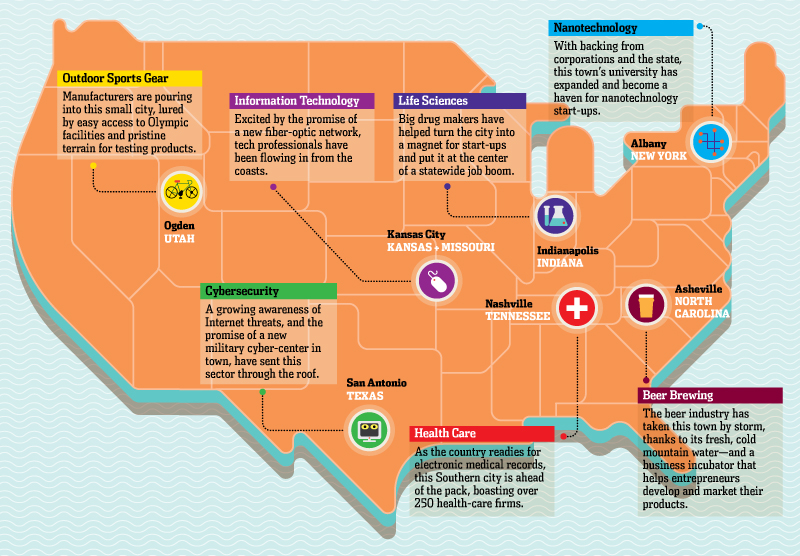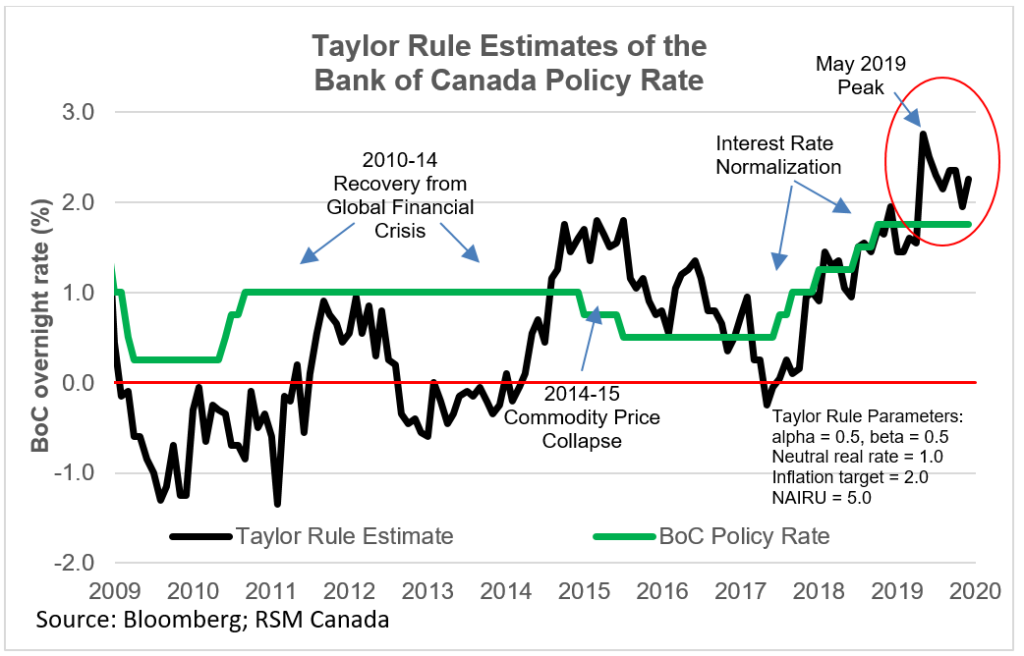Execs' Office365 Accounts Targeted: Millions Made In Cybercrime, Feds Say

Table of Contents
The Growing Threat of Office365 Account Compromises
The frequency and sophistication of attacks targeting executive Office365 accounts are escalating rapidly. Cybercriminals recognize that compromising a high-level employee's account provides unparalleled access to critical business information, financial systems, and intellectual property. The financial stakes are incredibly high, as a successful breach can lead to significant financial losses, regulatory fines, reputational damage, and even legal repercussions. The impact extends beyond monetary losses; it can cripple operations and erode stakeholder trust.
The threat landscape is constantly evolving, with attackers employing increasingly advanced techniques. This includes:
- Increased use of spear phishing targeting specific executives: Attackers meticulously research their targets, crafting highly personalized emails that appear legitimate and increase the likelihood of a successful compromise. These emails often contain urgent requests or exploit known relationships to manipulate the victim.
- Rise in credential stuffing attacks leveraging stolen credentials from other platforms: Attackers use lists of usernames and passwords obtained from previous data breaches to attempt to access Office365 accounts. This highlights the importance of strong, unique passwords across all platforms.
- Exploitation of vulnerabilities in third-party applications integrated with Office365: Many organizations integrate various third-party applications with Office365, creating potential entry points for attackers if these applications have security vulnerabilities. Regular security audits of these applications are crucial.
- Use of advanced malware to maintain persistent access: After gaining initial access, attackers may deploy malware to maintain persistent access to the compromised account and the organization's network, enabling them to exfiltrate data over an extended period.
Methods Used by Cybercriminals to Target Office365 Accounts
Cybercriminals utilize a range of tactics to compromise Office365 accounts. These include:
- Highly personalized phishing emails mimicking legitimate communication: These emails often appear to come from trusted sources, such as colleagues, superiors, or even external partners. They may contain malicious links, attachments, or requests for sensitive information.
- Compromised email accounts used to send malicious links or attachments: Attackers often compromise legitimate email accounts within an organization to distribute malicious content to other employees, leveraging internal trust to increase the success rate of their attacks. This emphasizes the importance of robust email security measures.
- Exploitation of zero-day vulnerabilities in Office365 applications: Attackers actively seek out previously unknown vulnerabilities (zero-day vulnerabilities) in Office365 applications to gain unauthorized access. Keeping software updated is crucial to mitigate this risk.
- Use of social engineering techniques to manipulate victims: Social engineering involves manipulating individuals into divulging sensitive information or taking actions that compromise security. This can range from simple tricks to sophisticated psychological manipulation.
Protecting Your Organization's Office365 Account Security
Protecting your organization requires a multi-layered approach to Office365 account security. Implementing the following measures is crucial:
- Implement multi-factor authentication (MFA) for all users: MFA adds an extra layer of security, requiring users to provide multiple forms of authentication before accessing their accounts. This significantly reduces the risk of unauthorized access, even if passwords are compromised.
- Enforce strong password policies and password managers: Strong password policies should require complex passwords, regular changes, and prevent password reuse. Password managers can help employees generate and securely store strong passwords.
- Regularly update software and patches: Keeping all software, including Office365 applications and operating systems, updated with the latest security patches is vital to protect against known vulnerabilities.
- Conduct security awareness training for employees: Regular training is critical to educate employees about phishing scams, social engineering tactics, and safe computing practices.
- Utilize advanced threat protection features offered by Office365: Office365 offers a range of advanced security features, such as anti-malware protection, anti-phishing filters, and data loss prevention tools. Leveraging these features is essential.
- Monitor user activity for suspicious behavior: Regularly monitoring user activity for unusual login attempts, unusual data access patterns, or other suspicious behaviors can help detect and respond to security incidents promptly.
- Implement robust access control measures: Limit access to sensitive data and systems based on the principle of least privilege, granting only the necessary access rights to each user.
- Regularly back up critical data: Regular data backups are crucial to ensure business continuity in the event of a successful cyberattack.
The Role of Security Awareness Training
Security awareness training is paramount in preventing Office365 account breaches. Employees are often the weakest link in the security chain. Comprehensive training programs should cover:
- Regular security awareness training to educate employees about phishing and social engineering tactics: Training should simulate real-world scenarios to help employees recognize and avoid phishing attempts and other social engineering techniques.
- Conduct simulated phishing campaigns to test employee awareness: These campaigns help identify vulnerabilities in employee awareness and provide valuable insights for improving training programs.
- Develop clear incident reporting procedures: Employees should be trained to report any suspicious emails, links, or attachments immediately.
Conclusion
The targeting of executive Office365 accounts poses a significant threat to organizations of all sizes. The financial losses and reputational damage resulting from these attacks are substantial. By implementing robust security measures, including multi-factor authentication, strong password policies, regular software updates, and comprehensive security awareness training, organizations can significantly reduce their vulnerability to these attacks. Don't wait until it's too late. Proactively strengthen your Office365 account security today and protect your business from the devastating consequences of a cyberattack. Invest in your Office365 account security now, and safeguard your organization's future.

Featured Posts
-
 Mapping The Countrys Newest Business Hotspots
Apr 28, 2025
Mapping The Countrys Newest Business Hotspots
Apr 28, 2025 -
 Navigating The High Cost Of Gpus Buyers Guide
Apr 28, 2025
Navigating The High Cost Of Gpus Buyers Guide
Apr 28, 2025 -
 Broadcoms Proposed V Mware Price Hike At And T Reports A 1 050 Increase
Apr 28, 2025
Broadcoms Proposed V Mware Price Hike At And T Reports A 1 050 Increase
Apr 28, 2025 -
 Fishermans Stew A Culinary Masterpiece By A World Influential Chef For Eva Longoria
Apr 28, 2025
Fishermans Stew A Culinary Masterpiece By A World Influential Chef For Eva Longoria
Apr 28, 2025 -
 Federal Investigation Uncovers Massive Office365 Executive Account Breach
Apr 28, 2025
Federal Investigation Uncovers Massive Office365 Executive Account Breach
Apr 28, 2025
Latest Posts
-
 2000 Yankees Diary Recalling Posadas Key Home Run Vs The Royals
Apr 28, 2025
2000 Yankees Diary Recalling Posadas Key Home Run Vs The Royals
Apr 28, 2025 -
 Yankees 2000 Season Posadas Crucial Home Run Against The Royals
Apr 28, 2025
Yankees 2000 Season Posadas Crucial Home Run Against The Royals
Apr 28, 2025 -
 Posadas Blast Fuels Yankees Victory Over Royals 2000 Diary Entry
Apr 28, 2025
Posadas Blast Fuels Yankees Victory Over Royals 2000 Diary Entry
Apr 28, 2025 -
 2000 Yankees Diary Posadas Homer Silences The Royals
Apr 28, 2025
2000 Yankees Diary Posadas Homer Silences The Royals
Apr 28, 2025 -
 Retail Sales Slump Implications For Bank Of Canada Interest Rates
Apr 28, 2025
Retail Sales Slump Implications For Bank Of Canada Interest Rates
Apr 28, 2025
